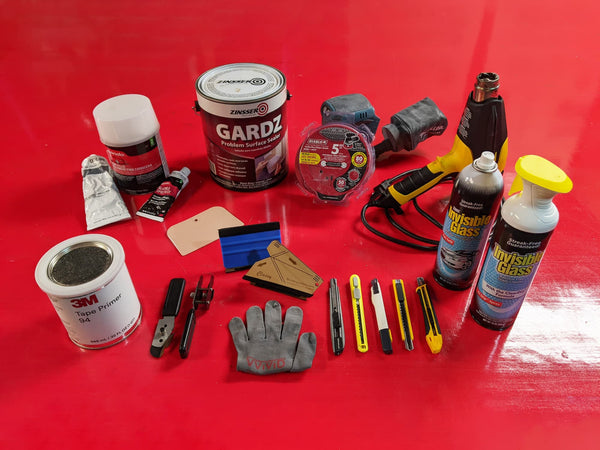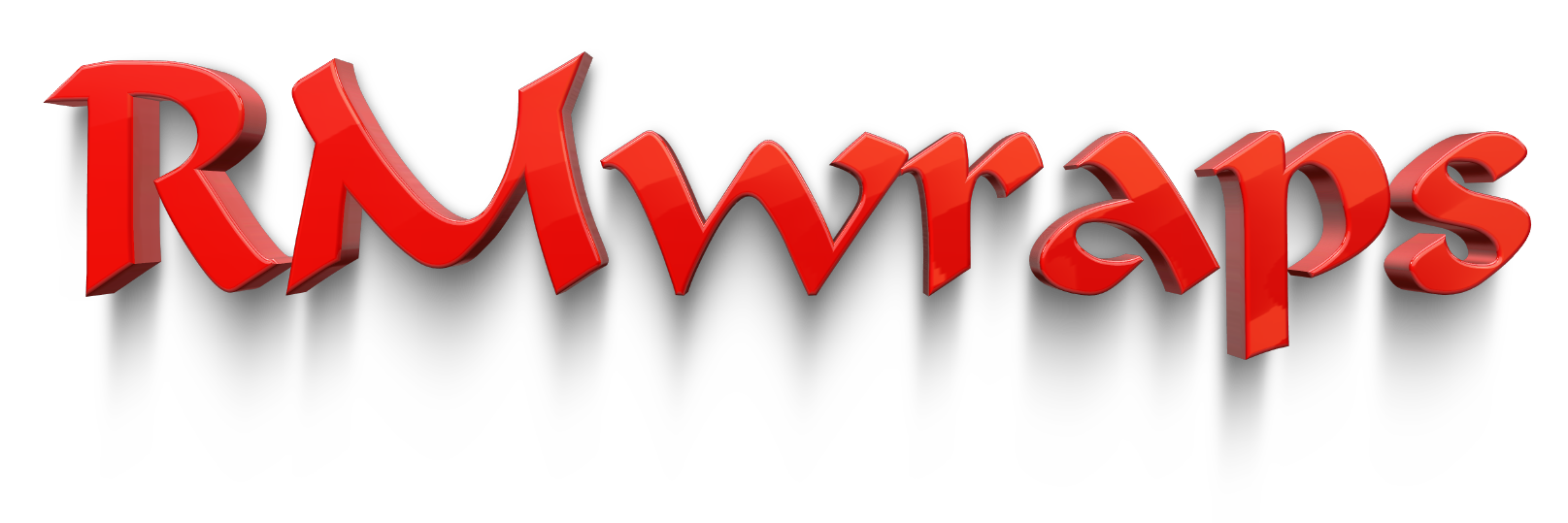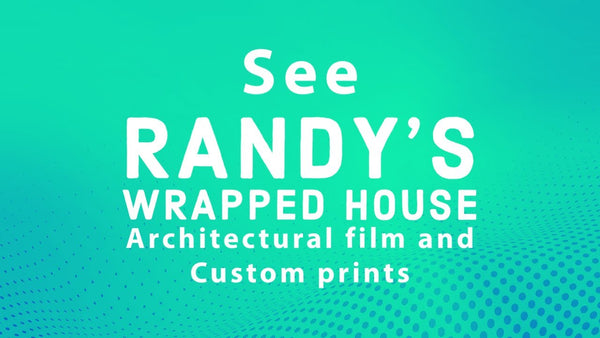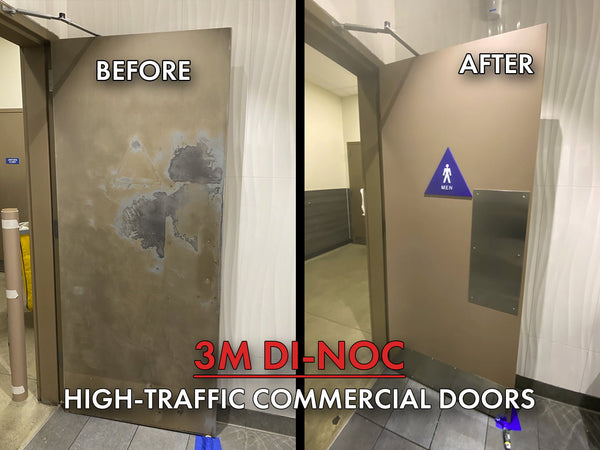
Tools & Materials for Architectural Film Installs
Any vinyl installer, no matter how experienced, can have an install go bad if they don't use the right tools and materials. Below is a comprehensive list of the tools and materials we use on almost every architectural film install project we work on.
-
Bondo Body Filler / 3M Spot Putty: before starting your install, your substrate has to be as smooth as possible. Imperfections in the substrate will show through your architectural film, particularly patterns that don't have a lot of visual complexity and/or are glossy. Bondo Body filler is great for filling larger areas, while the 3M Spot Putty is better suited to filling small dings and scratches. These are best applied with a soft plastic spreader tool.
-
Random Orbit Sander / 220 Grit Sand Paper: Along with filler material, we use orbit sanders and 220 grit sand paper to smooth the surface as much as possible before moving on to further preparation steps.
-
Zinsser Gardz Problem Surface Sealer: If the surface being wrapped is rough or porous, we use a surface sealer to stabilize and smooth the substrate prior to install. This is unnecessary on surfaces such as metal, glass, or already-sealed wood, but is 100% required on surfaces such as plywood, MDF/HDF, Drywall, or any low-surface-energy substrate.
-
Invisible Glass Cleaner: Used immediately prior to installing your vinyl to make sure the substrate is free of any dirt or debris. We recommend this brand specifically, because it is ammonia free. Diluted Isopropyl Alcohol can also be used. Whatever cleaner you use to prep your substrate, it can NOT have ammonia in it, as ammonia dissolves acrylic-based adhesives like those on the back of architectural films.
-
3M Primer 94 Adhesion Promoter: Primer 94 acts as an additional binding agent, roughly doubling the adhesive strength in the areas it is applied. Used immediately prior to installing your vinyl along the areas that will be the finished edges and/or areas where lifting of the vinyl may occur over time.
-
Single / Double Backing Cutting Utility Knives: These specialized trimming tools are great for separating and cutting just vinyl or just the backing slip paper without manually peeling them apart first. These tools are invaluable for cutting starting tack strips, especially with large pieces of vinyl.
-
Vinyl Application Squeegees: Used to press down and activate the adhesive as you apply the film. Standard plastic squeegees will get the job done. Most architectural films are durable enough to be applied with the plastic side, but we do recommend having a squeegee on hand with a felt edge for softer/high gloss vinyls. Optional: Multi-Function Architectural Film Squeegees designed by RMwraps. We've designed and produce these squeegees in house based on years of experience installing architectural films. They serve multiple functions for faster, cleaner installs. You can learn more about them in this video.
-
Heat gun: necessary for stretching/conforming the films. Basic models will work, but we recommend
-
Vinyl Application Glove: these types of gloves can be useful in situations where a squeegee can't be used to press down on the vinyl to activate the adhesive. They can help protect your skin from heat from both friction and a heat gun, and make it easier to slide your hand across the film surface while applying pressure.
-
Break-away Utility Knives: There are a million different flavors of these - find the one that fits you best. Stick with the 30 degree blades if you want the most universal availability of blades and new handles as they wear out.



